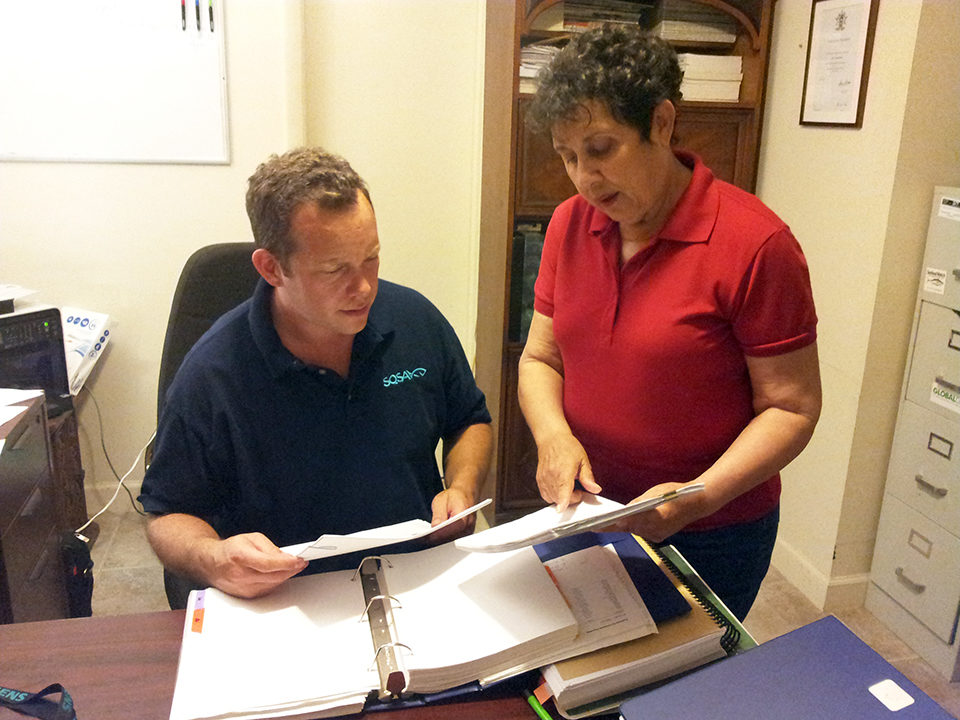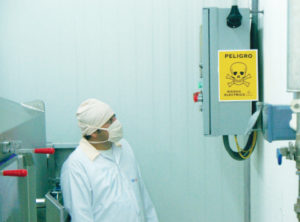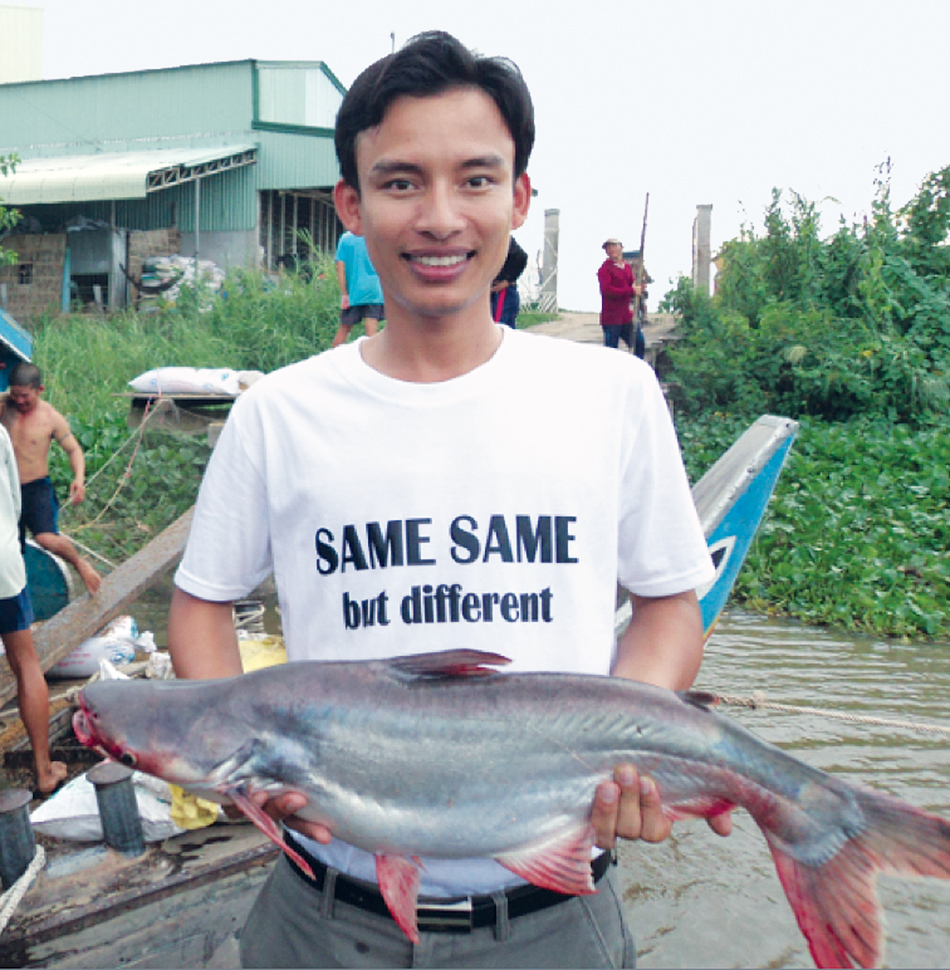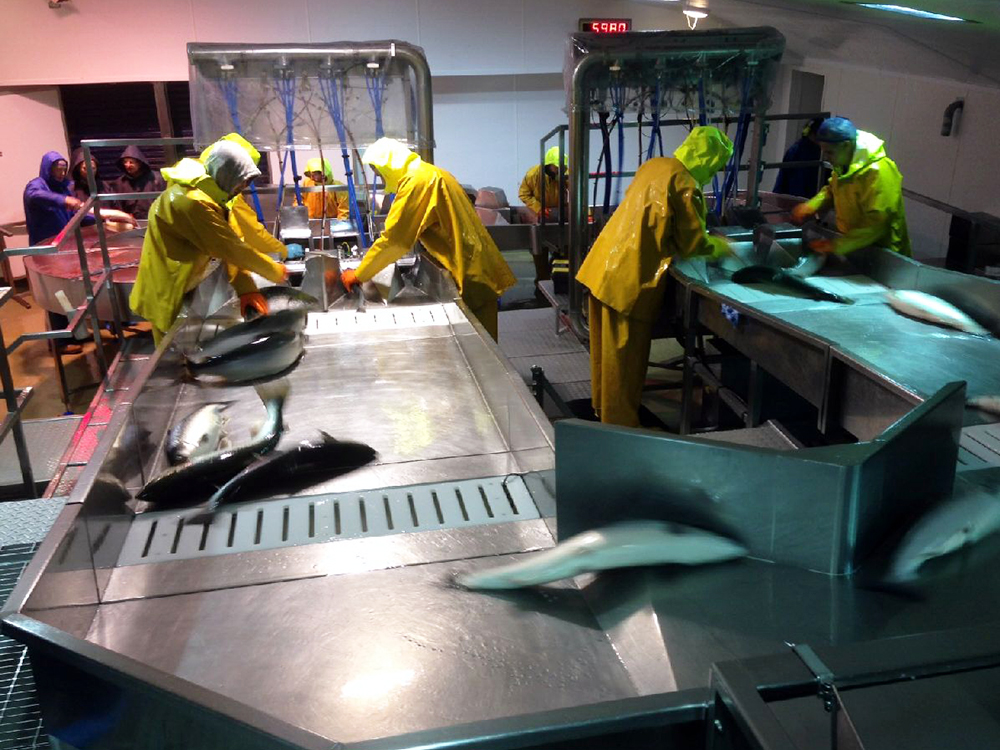Preparation and a positive attitude facilitate effective audits

Aquaculture feed mills, hatcheries, grow-out facilities and processing operations have developed audit divisions to keep up with the increasing volume and variety of inspections and certification audits. Irrespective of the standards used, the outcome of an audit is largely based on the competency of the auditor and the applicant’s ability to correctly interpret the requirements of the standards.
For processors, it is in their best interest to concentrate most of their efforts on a handful of management techniques. By educating audit teams about their individual job descriptions, delegating responsibilities and setting time aside to correct deviances, facilities can gain a sense of readiness that will pay off in the long run. Thorough preparation, along with a positive attitude, will set the stage for an effective audit.
Audit controlled by applicant
An audit can quickly move from a pleasant walk through the plant into a psychological chess match, so operators have to be ready to control their emotions at a moment’s notice. From an auditor’s perspective, the applicant controls the outcome of the audit. Auditors are trained to not only collect data but sense the overall readiness of an operation. If an operator is unprepared and anxious, the auditor will get suspicious. In general, a lack of organization, untrained staff and misinterpretation of standards will also put auditors on alert.
Upon arrival, auditors are keen to make mental notes regarding the orderliness of the facility and condition of the facilities and employees. Auditors are trained to seek out fixed areas, since these can harbor pests. They also look for work areas that can handle their respective production volumes.
For example, in any operation storing feed, there must be at least 46 cm between the wall and stored material to allow employees to clean behind pallet racks and manage pest control devices throughout the warehouse.
Commitment to standards
It is highly recommended that someone in a senior management role attend either the opening or closing meeting. This is about showing the operation’s commitment to the standards. If a senior manager is able to discuss compliance points and implementation practices, it will put the auditor more at ease.
Auditors respect the fact that senior management may have other commitments, and their inability to attend the meetings will not impact audit scoring, but the operator can set the tone for the audit and leave a strong impression about the operation’s dedication to the certification process.
Auditors are trained not to consult during an audit, so their wording of questions is very direct. They can sense whether applicants are familiar with the requirements in the standards. For this reason, operators should not try to correct non-conformances during the audit. Make notes and get back to the issues the following day.
Auditors need to see written or structural verification. Never use words like “we try” or “sometimes,” as they show uncertainty. Another ill-advised practice is to schedule pest management companies to service rodent traps the day before an audit. This only makes auditors suspicious.
Three-phase approach
One of the most important ways an operation can prepare for a site audit is through staff meetings. A three-phase approach is suggested for these meetings.
In the first meeting, staff should be reintroduced to their job descriptions and the operation’s good management practices. At a minimum, key staff should be familiar with terms such as critical control points, the difference between a HACCP plan and a hazard analysis, and the difference between verification and validation. They should know that the analysis is done to determine what hazards are controlled by the plan, and that the plan is verified by controls such as calibration and record checks. Scientific research provides the basis for the plan.
In the second meeting, employees should be split into small groups overseen by supervisors and tested on their knowledge. In the third meeting, focus on employee behavior, such as hygiene, record keeping and conduct.
Internal exercises
A solid internal audit is key to a positive outcome for audits. Internal audits also provide an opportunity for audit teams to brief staff on potential non-conformances. Conducting internal audits on an annual basis is required by most standards benchmarked by the Global Food Safety Initiative.

Operations should not take a reactionary approach to compliance. For example, most large-scale operations could undergo three or four audits, along with two or three customer inspections, on an annual basis. Therefore, an effective way to address annual internal audits is to produce a multifaceted review that encompasses all standards. These exercises provide an opportunity to discuss the outcomes and debate better ways to improve processes.
Like internal audits, traceability exercises also play an essential function. They should be conducted at least two weeks prior to the certification audit. Trace exercises should take no longer than four hours, and in most cases, operators should be able to conduct these exercises in one to two hours, depending on the variety of documentation requested.
Randomly select a lot from the warehouse floor and trace the product “one up and one down” through the supply chain. For example, a hatchery should be able to provide information from stocking to sale, and provide records regarding production and purchases, including the origins of the feed, water and broodstock.
The exercise should include production information such as stocking density, transportation and sale of fingerlings. Be prepared to source documents such as purchase orders, receiving records and bills of lading. A material balance must also be conducted. The operator must verify that the volume of raw material purchased reflects the total volume of product manufactured.
Learning experience
Put simply, the auditor’s job is to collect data. It is important that staff does not take offense to an auditor issuing a non-conformance. Staff should know that auditors are not required to explain how an operator is to address a specific inspection requirement. Auditors are contractually obligated by certification bodies to avoid consultation and other conflicts of interest.
The auditor is only allowed to read from the standards, and not overly embellish. Unless undoubtedly correct in a position, don’t challenge an auditor. If there is disagreement with a score or the auditor’s interpretation of the standards, take it up through the appeals process. An audit is a learning experience for the facility and the auditor, so wait to challenge the auditor after the report is issued.
Perspectives
While audits will continue to become more difficult, operators can streamline their audits by taking a more planned approach. Staff training, internal audits and mock exercises are all vital to the preparation process. In addition to audit preparation, the audit team members must be coached to remain positive and confident in their ability to conform to standards. Stay positive, and the audit will go more smoothly.
(Editor’s Note: This article was originally published in the March/April 2014 print edition of the Global Aquaculture Advocate.)
Author
-
Scott E. Zimmerman, M.S., CP-FS
Safe Quality Seafood Associates, LLC
3000 Northwest 14th Street
Miami, Florida 33125 USA
Related Posts

Responsibility
Certified clarity in aquaculture
Aquaculture certification programs essentially mark milestones on the journey toward more sustainable practices. There is a role for a clearly defined starting point of “minimum acceptable standards,” but it is equally important to create incentive structures to enable producers to “move up the ladder” and differentiate themselves regarding what constitutes best practices and highest quality.

Health & Welfare
Fish producers benefit from humane slaughter techniques
EU legislation requires farmed fish be spared unnecessary pain, distress or suffering at slaughter, and efficient manual and automated systems have been developed to help achieve this goal. What’s more, longer shelf life and improved flesh quality have been reported.

Responsibility
Aquaculture certification steers to zone management
Zone management is an emerging field of interest among industry stakeholders. Experts say it will aid in controlling diseases and in determining carrying capacities. We take a closer look at the management tool’s potential.

Health & Welfare
Biosecurity practices on fish farms need beefing up
Biosecurity measures and preventive strategies are essential in any biological production chain. Properly planned and implemented biosecurity programs will enhance animal health, production and economics.


